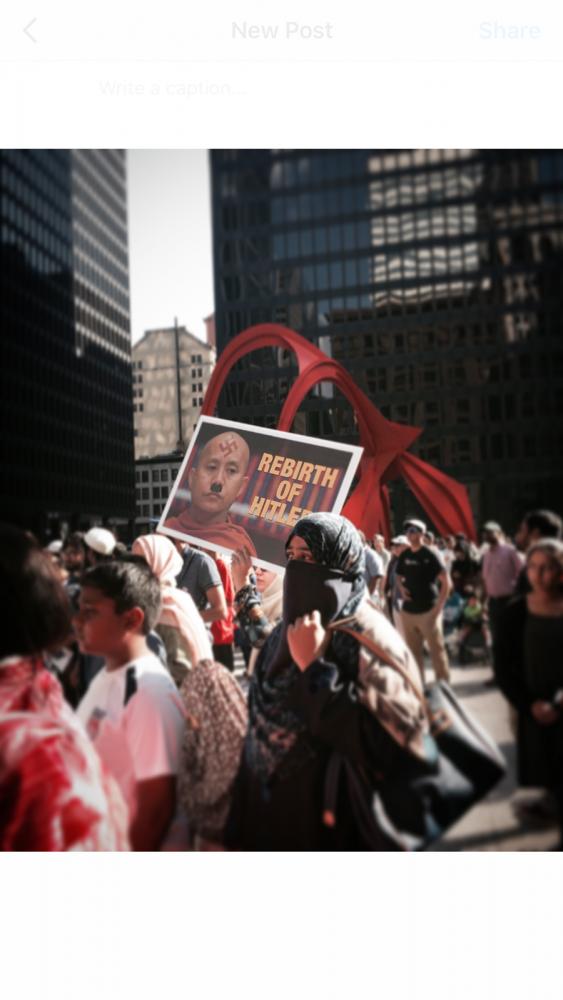What is happening in Burma?
September 28, 2017
Scattered in the slew of news stories concerning North Korea, the natural disasters that hit one after another, and Donald Trumps latest tweet, you may have noticed an article here and there with its headline relating to something about Burma. And whether you read about it or skipped right over the story to read about Trump’s Obama meme, (it’s okay, we’ve all done it,) you may be unclear on what exactly is happening in that part of the world right now.
On Oct. 9, 2016, hundreds of Islamic militants attacked three security outposts on the border between Bangladesh and western Burma, and nine officers were killed as a result. Within the next 24 hours, humanitarian aid in Burma was suspended, almost a thousand Arakanese Buddhists came to the capital Sittwe, and over 1200 Muslims looked for shelter in Buthidaung.
Newspapers in the area were instructed not to report on anything in Arakan for a short while, and reporting later resumed under new restrictions. Media and state controlled journalism eventually began spreading the message that Islamic militants had crossed a line attacking guards, and therefore should be purged. This was the start of a controlled and steady process of ethnic cleansing, according to Human Rights Watch, a situation many are calling a genocide in the making.
Arakan police began to train a group of non Muslims as security officers in November. On the 12th, about 60 assailants attacked the soldiers with spears and such, killing one. The military responded by opening fire from two helicopters, and two days later, about 15,000 people were reported to be displaced. In all of 2016, over 94,000 were displaced in all, and many fled to Bangladesh next door. They told accounts of torture, gang rape and excess killings.
Hundreds of women have reported accusations of sexual abuse from Arakan officers, and in October last year a Scottish journalist named Fiona MacGregor was fired from the Myanmar Times for writing an article concerning the allegations.
“It is profoundly concerning for women’s rights, media freedom and democracy as a whole in Myanmar, that the civilian government is using bullyboy tactics to intimidate journalists and attempt to silence allegations of rape by the military,” MacGregor said.
The U.N. Special Rapporteur on Human Rights in Myanmar, Yanghee Lee, warned that the government “may be trying to expel the Rohingya population from the country altogether.” Rohingya is a member of a Muslim people inhabiting western Burma. The government says the Rohingya are immigrants from Bangladesh, despite generational roots, and they are being systematically killed.
Burma’s UN ambassador has insisted there is no “ethnic cleansing” or genocide taking place against Muslims. However, the human rights group has released video, satellite photos, witness accounts and other data showing the organized torching of Rohingya villages, with up to 80 now in ruins. Witness testimonies state that children have been beheaded and even burned alive.
“Right now villages are burning, people are being killed, residents are fleeing for their lives,” Fortify Rights co-founder Matthew Smith said.
The Burmese government has denied access to the affected areas to journalists and photographers.
About a million Rohingya have had years of mistreatment from the government and discrimination from Buddhists, who refer to them as illegal immigrants.
The Burma task force gathered to protest on Sep. 16 in Chicago in the Federal Plaza carrying signs, chanting and marching. The turnout was greater than expected, with hundreds of people coming out to show their support for Rohingya. Several charities have also opened up so people could donate to help the people of Burma.
If you are interested in donating, visit http://www.rccchicago.com/donate/.



